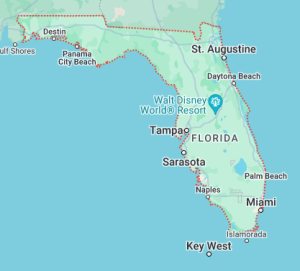What is a Degree Day?
In an article penned a year ago (https://www.hansenpolebuildings.com/2021/11/insulated-ceiling-vapor-barrier/), I referenced building scientist and founding principal of Building Science Corporation Joe Lstiburek.
 Joe stated, “Plastic vapor barriers should only be installed in vented attics in climates with more than 8,000 heating degree days.”
Joe stated, “Plastic vapor barriers should only be installed in vented attics in climates with more than 8,000 heating degree days.”
However my bad was, I did not define what a degree day is.
Degree days are measures of how cold or warm a location is. A degree day compares mean (high and low average) outdoor temperatures recorded for a location to a standard temperature, usually 65° Fahrenheit (F) in United States. More extreme outside temperature, higher degree day number will be. A high number of degree days generally results in higher levels of energy use for space heating or cooling.
Heating degree days (HDD) are a measure of how cold temperature was on a given day or during a period of days. For example, a day with a mean temperature of 40°F has 25 HDD. Two such cold days in a row have a total of 50 HDD for a two-day period.
Cooling degree days (CDD) are a measure of how hot temperature was on a given day or during a period of days. A day with a mean temperature of 80°F has 15 CDD. If the next day has a mean temperature of 83°F, it has 18 CDD. Total CDD for these two days is 33 CDD.
What do people use degree day data for?
People study degree day patterns to assess climate and to assess heating and cooling needs for different regions.
What are population-weighted degree days?
Degree day data can be weighted according to the population of a region to estimate energy consumption. U.S. Energy Information Administration (EIA) uses population-weighted degree days to model and project energy consumption for United States and for U.S. census divisions. Learn more about EIA’s degree day modeling and forecasting methodology.
Where can people find degree day data?
Newspapers may publish degree day information in weather sections. Electric and natural gas utilities may publish degree day information on their websites, and some utilities include degree day data in customer utility bills. Several weather data-related websites publish daily high and low temperatures and degree days for specific locations. National Weather Service Climate Prediction Center is a source for historical United States’ temperature and degree-days.
Historical monthly (from 1973) and annual (from 1949) population-weighted degree days data for United States and U.S. census divisions are available in Monthly Energy Review Tables 1.9 and 1.10.
Historical monthly and annual population-weighted degree days for U.S. census divisions for 20 years and a forecast for one to one-and-a-half years are available in Short-Term Energy Outlook (STEO) Data Browser.









